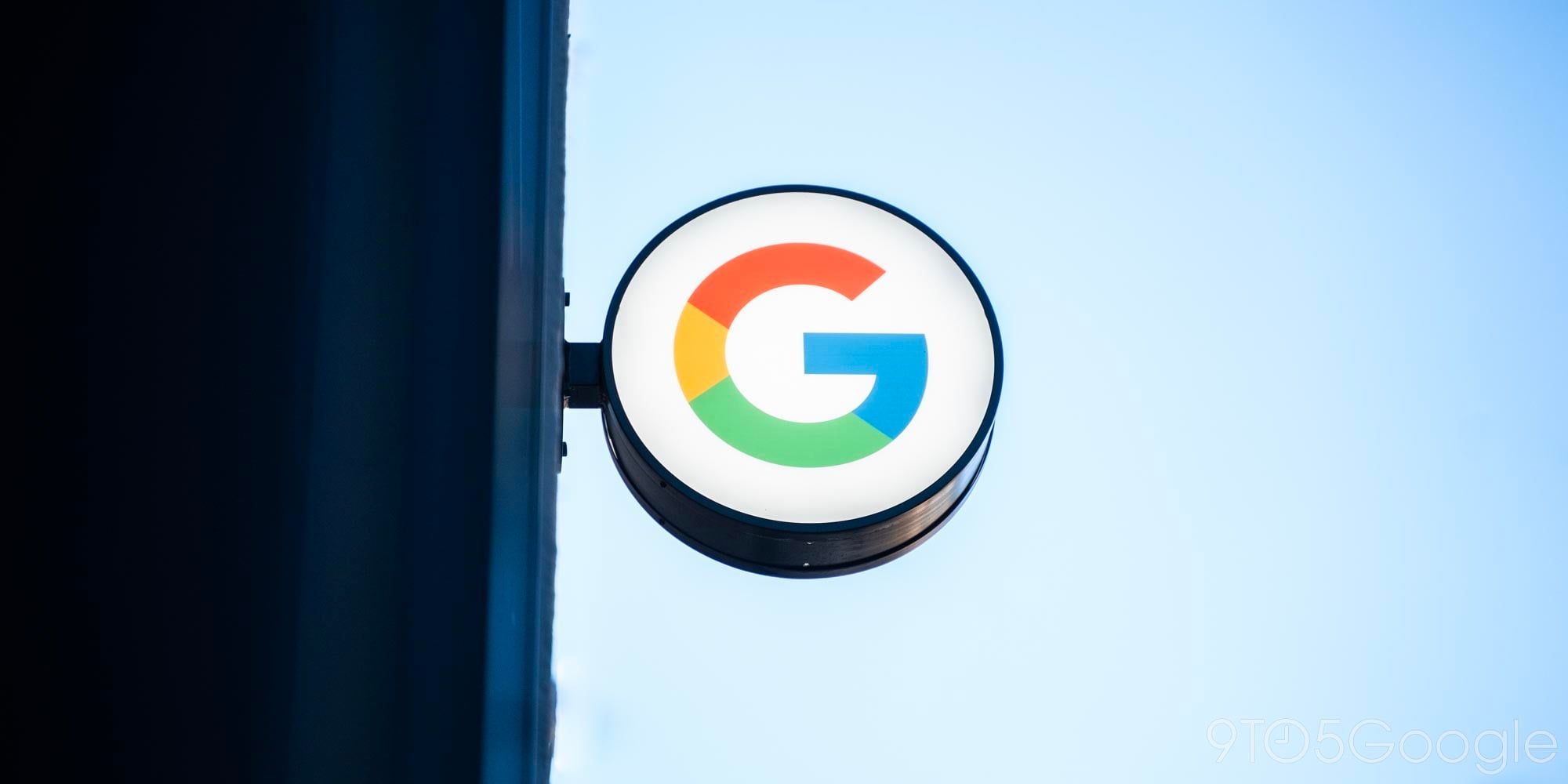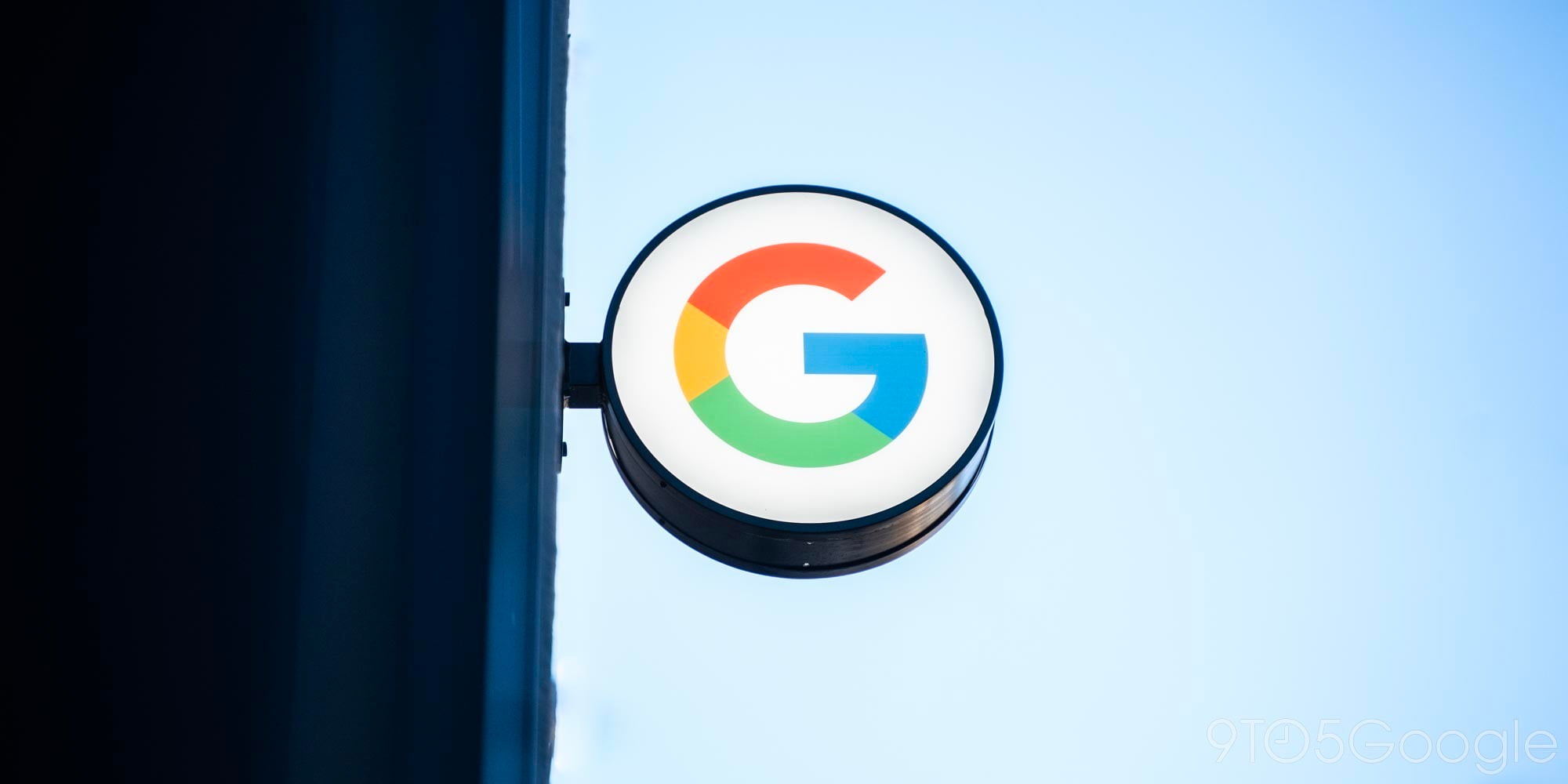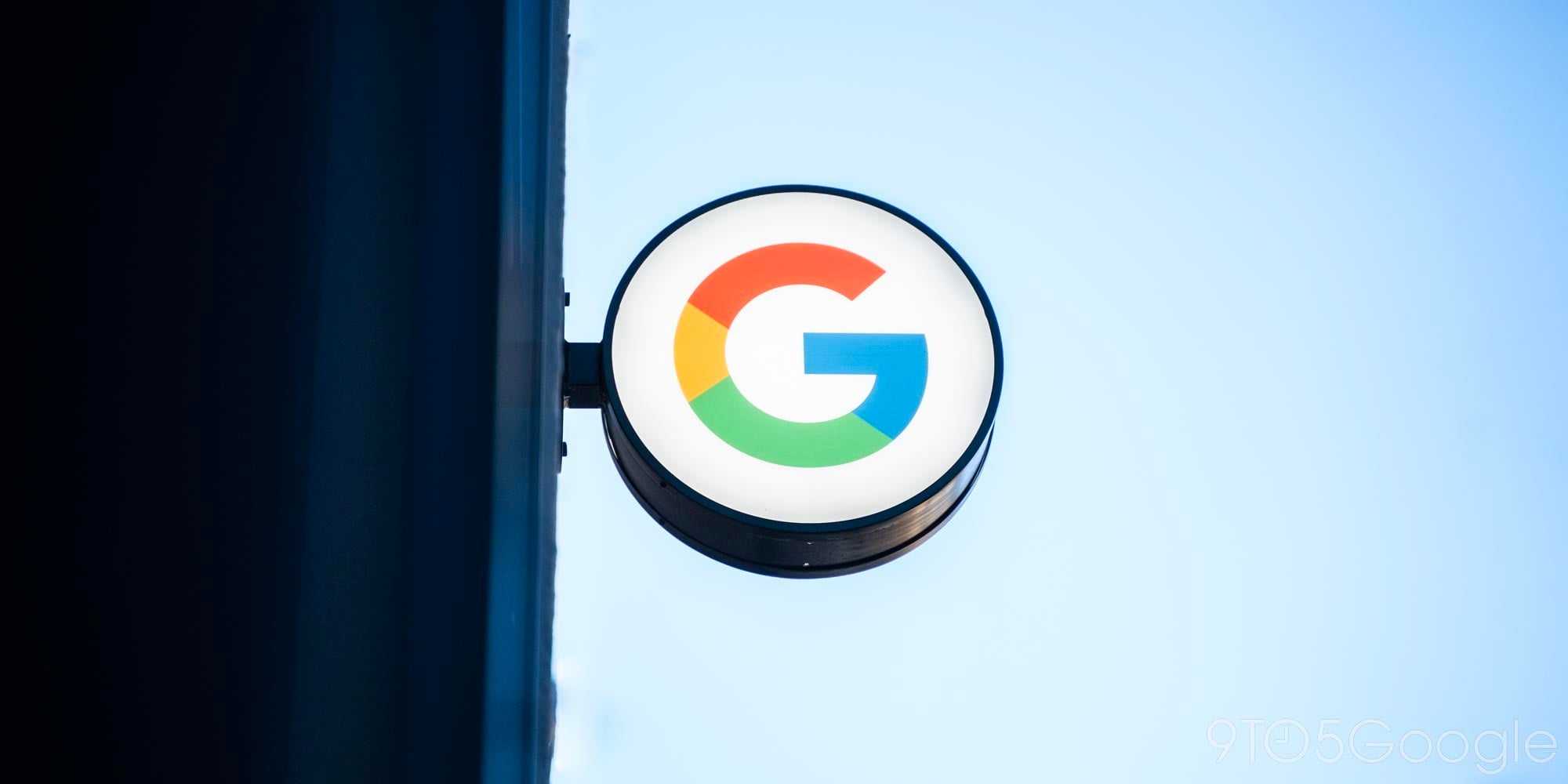FastCompany today posted an in-depth look at the differences between Apple’s MapKit and Google’s recently launched Google Maps for iOS SDK from the perspective of developers. The lengthy piece gets insight from several iOS app developers with apps that rely on the SDKs and sheds some light on a few things that Apple is doing much better than Google despite a perception from users that Google Maps are superior:
“Google doesn’t currently charge for the Places API, but they do require a valid credit card for access–which gives you a quota of 100,000 daily requests. So you have to wonder if they plan to start charging sooner or later,” McKinlay explains. “That 100,000 limit perhaps sounds reasonable, but each user session can generate many requests–particularly when using the ‘autocomplete’ feature of Tube Tamer–and some types of requests count for 10 times the quota each, so it can get used up pretty quickly.”
While noting that Google wins out with location lookup services, 3D buildings, directions, geocoding, and better hybrid satellite imagery, the developers were also quick to point out downsides of the Google Maps SDK such as quotas for the Places API, an increased app size, and limitations with markers, gradient polylines, and overlays.
Developer of transportation app Tube Tamer, Bryce McKinlay, discussed some of the benefits of using Apple’s MapKit:
“Subjectively, the current version of the [Google] SDK does not perform as well as MapKit,” McKinlay says. “GMSMapView’s frame rate is capped at 30fps, which is lower than typical for iOS and results in a slight but noticeable ‘jitter’ effect when panning and zooming the map. Drawing of labels and POIs sometimes lags behind if you pan quickly, even on a fast device like the iPhone 5.”
“The fact that annotations in MapKit are UIViews also means that animation and other effects can be applied easily using Core Animation, which isn’t currently possible with the Google Maps SDK approach,” McKinlay says. He also points out that MapKit has some other handy features that Google’s SDK currently lacks, like “Follow user location” and “Follow with heading” modes. “MapKit provides a button that automatically moves the map to follow the user’s location, and rotates the map according to the compass heading. This is very helpful for pedestrian navigation. It is possible to implement this manually in Google’s SDK, but it adds extra development time/effort.”
It looks like some developers feel Google has some work to do with their Maps SDK for iOS. While Apple isn’t free of its own issues with MapKit, developers will definitely want to read Fast Company’s entire post before deciding which solution will be best for their app. The developers ultimately end up recommending MapKit over Google’s Maps SDK for the majority of developers.
FTC: We use income earning auto affiliate links. More.









Comments